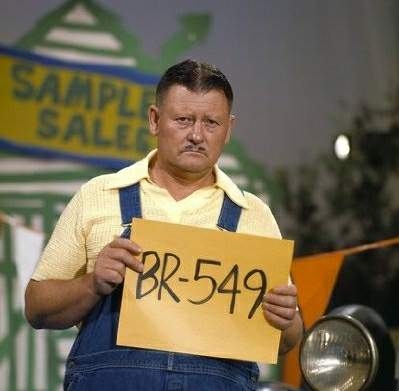Science Sunday!
Back in the day (approximately 1952-1964) gleeful eccentrics walked the Earth. And I mean that in the best possible way: I would have enjoyed having a few beers with these guys if I had been around back then.
Some of them were interested in earth science. So they formed a group called the American Miscellaneous Society (AMSOC, because I’m not going to keep writing that out).
AMSOC’s biggest and most famous venture was Project Mohole.
Now, when you were a kid, you probably wanted to dig a hole to China. Or at least thought about it. Project Mohole was kind of that on a larger scale. Specifically, AMSOC’s idea with Mohole was to drill a hole through the earth’s crust and into the mantle to bring back samples.
Not that kind of samples. They were especially interested in the Mohorovičić discontinuity, the boundary between crust and mantle. (Hence the project name.)
But there was a problem. No, they were not looking for audiophiles who needed high quality cassette tapes. The problem was that the earth’s crust is really thick on dry land, and you have to drill down a long way to reach the mantle.
But! If you drill at sea, the crust is a lot thinner there, and you don’t have to drill as deep a hole!
But! This was the late 1950s – early 1960s. Drilling technology, especially deep sea drilling technology, wasn’t as advanced back then.
But! This was the late 1950s – early 1960s. Sputnik! Space race! We can do anything!
And so, with funding from the National Science Foundation, Project Mohole began in 1961.
Phase 1 was kind of cool: they used a drillship called CUSS 1, and developed “dynamic positioning”. That allowed the ship to hold a position within a radius of 600 feet, which, in turn, allowed them to drill in deep water. Their deepest hole went down to 601 feet under the sea floor, in a depth of 11,700 feet.
Unfortunately, stuff happened. AMSOC really wasn’t set up to manage big projects like this, so they turned the management over to the NSF. The various institutions involved didn’t completely see eye to eye on the project goals, and there was some infighting over where to drill the next hole, and whether to drill shallow holes first or go for the gusto and try to hit the Moho.
The NSF took bids on who the primary project contractor would be, and they ended up selecting Brown and Root. Now, I have a sentimental attachment to Brown and Root (my dad worked for them) but it seems like they were not the best choice to run the project. B&R apparently wasn’t highly skilled in sea drilling. Costs went up and up and up.
Then Congress got involved. Technically, Congress was already involved: one of the big supporters of Project Moho was Albert Thomas, a congressman from Houston. (Thomas was also key in getting NASA to locate the Manned Spacecraft Center in Houston. His involvement may explain why B&R was chosen as the primary contractor. The fact that B&R was also a big donor to Lyndon Johnson might have something to do with it as well.) Thomas died in February of 1966, and the project was cancelled later that year.
And somewhere, I have a copy of Willard Bascom’s A Hole in the Bottom of the Sea.
Short bonus video: this claims to be footage of a nuclear weapon being used to put out a massive gas well fire in the Soviet Union.
I’ve had this in my queue for a while because I’m not sure if it is real or fake. If it is fake, it is well done, and certainly suckered me in. I guess this is one of those “I report, you decide” moments.
